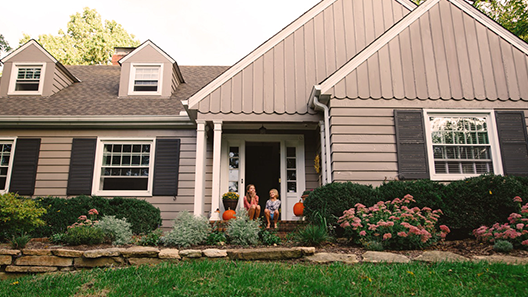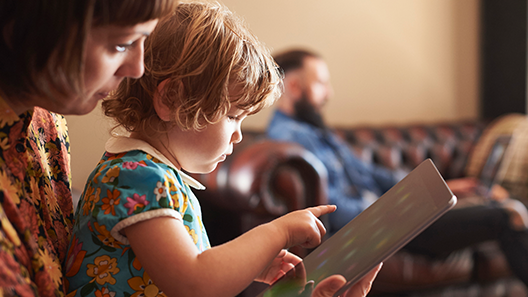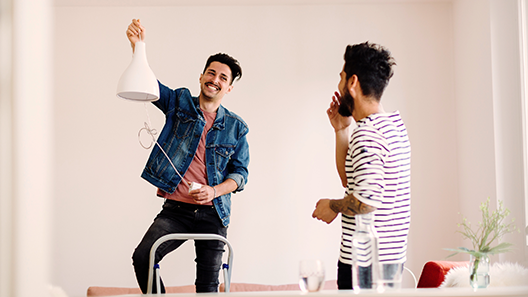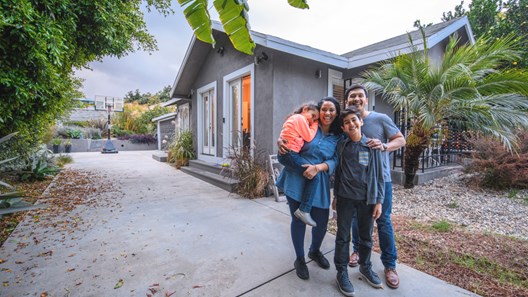Introducing Purchase Perks! Save $1,000 on closing costs when you purchase with us.
Whether you're looking for a new home, refinance your existing property, or get cash from your home's equity, we've got customized loans for your needs. Talk to a loan officer today.
Get Help with Your Down Payment and Closing Costs on Your First Home
Read Time: 4 Minutes
|November 23, 2020
If you’re like the majority of millennials, homeownership is appealing, both for financial and lifestyle reasons. But there’s a problem: many don’t think they can afford it—at least not yet.
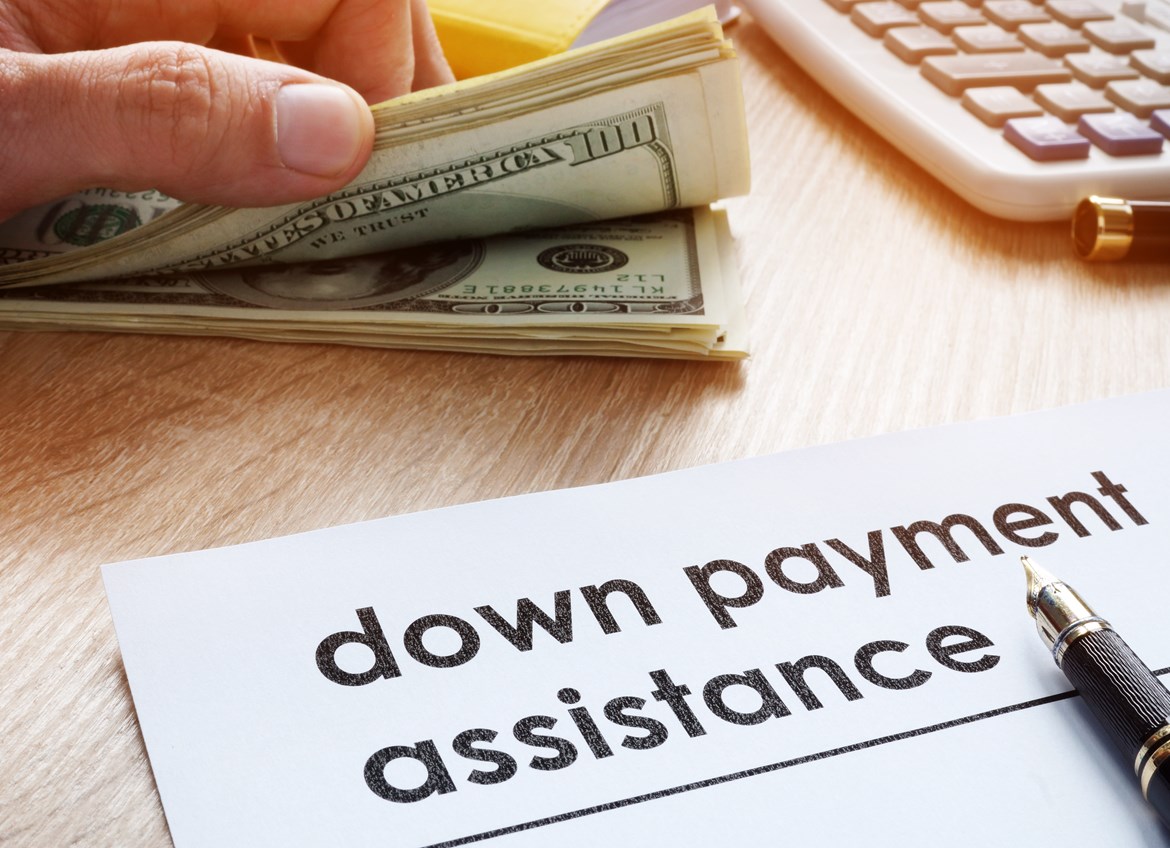
With ever-increasing apartment rental rates and student loan payments to manage, 5 in 10 millennials consider coming up with a down payment a major barrier to owning a home. And that’s before closing costs, which can total as much as 7% of the home’s purchase price.
The good news is that there are options that can reduce the out-of-pocket costs required to land the keys to your first home. In fact, there are publicly and privately funded programs available to help potential homeowners more easily afford a down payment. They’re called down payment assistance programs and are offered to a range of qualified homebuyers in an effort to promote homeownership
Funding Sources
Down payment assistance programs for homebuyers are funds administered by cities, counties, housing finance agencies, nonprofits, lenders and other groups, and in some high-cost areas, even employers. And as beneficial as these programs are for homebuyers, they are also an important investment into a community’s growth and prosperity.
These funds are available as low or zero interest loans, tax credits, or even grants that don’t need to be paid back. And we’re not talking about just a few dollars, either. In fact, the most common down payment program benefit is $10,000.
So Why Aren’t People Breaking Down the Door to Get Them?
Simply put, most people don’t know about them. Actually, 70% of adults in the United States are unaware that these programs exist. Many of the agencies that offer assistance are nonprofits with small advertising budgets, hindering their ability to get the word out.
That’s All Great, But How Do You Qualify For One of These Programs?
There are at least 2,400 different down payment assistance programs nationwide, according to DownPaymentResource.com, with at least one in each of the 3,143 counties in the United States.
So With Such a Variety Of Programs and Qualifications, The Honest Answer is: It Depends
These programs vary widely across state and even county lines. Many down payment assistance programs are designed for first-time homebuyers, others for low-income applicants, and even some for specific groups, like educators or healthcare workers.
The bottom line: Finding the right program that matches your circumstances may take some research. But if it means making your homeownership dream a reality, it could be well worth your time. To start, check out this interactive tool to help you find programs in your area.
But What if I Don’t Qualify? Time to Give Up – Right?
Not so fast.
Even if you don’t qualify for a down payment assistance program, there are several other loan options to help make buying more feasible.
It’s a popular misconception that the most common down payment on a mortgage is 20%. In 2019, the average down payment was actually 5.8%. And with more flexible loan options, like FHA, VA, and HomeReady loans, the opportunity to find an affordable mortgage that doesn’t require 20% down may be easier now than ever before.
In addition to the down payment, what other out-of-pocket costs should I expect?
While the amount needed for a down payment is often more than closing costs, it’s important to plan for both. Closing costs typically run about 2-5% of the total purchase price of your home, but they can go as high as 7%.
In many cases, financing closing costs is not an option—which means you’ll need to bring a cashier’s check to the closing table. That means for a $150,000 home, you could expect as much as $40,500 total out-of-pocket costs ($30,000 for 20% down, and $10,500 for closing costs of 7%). So investigating all your options for reducing these costs is a smart move.
In Addition to The Down Payment, What Other Out-Of-Pocket Costs Should I Expect?
There may be another option called “seller assist,” where the seller helps with closing costs by paying a portion of them. There are limits to how much the seller may pay based on the type of mortgage and the down payment percentage. Keep in mind the seller is not obligated to pay anything toward your closing costs, but they may consider closing cost assistance if it means selling the property quickly, or if it nets a higher price for their home.
What Now?
Your next steps depend on where you are in your home-buying journey. And maybe from these findings, you’ve realized you’re further along the journey than you thought! You may want to start by learning what you can afford and how owning a home will impact your living expenses (in some cases, it could even reduce your monthly out-of-pocket costs). And in the meantime, it’s never too early to start saving!
Buying your first home is a big step. As you start to research your options, check out our crash course to first-time homebuying to make sure all your bases are covered.
Ready To Buy Your Home?
Learn more in our other educational series.
We’ve assembled a treasure trove of jargon-free information to demystify home-financing and arm you with valuable insights and actionable options.
Browse our complete library of resourcesWhy Newrez?
Newrez believes the lending business shouldn't just be about home loans - it should be about homeowners. That's why our employees get to know our customer's real needs, through final closing, and beyond.
-
Industry leading loan options
-
Simple pre-qualifications and application processes
-
Loans for everyone, from seasoned investors to first-time buyers
-
Putting power back into underserved communities
